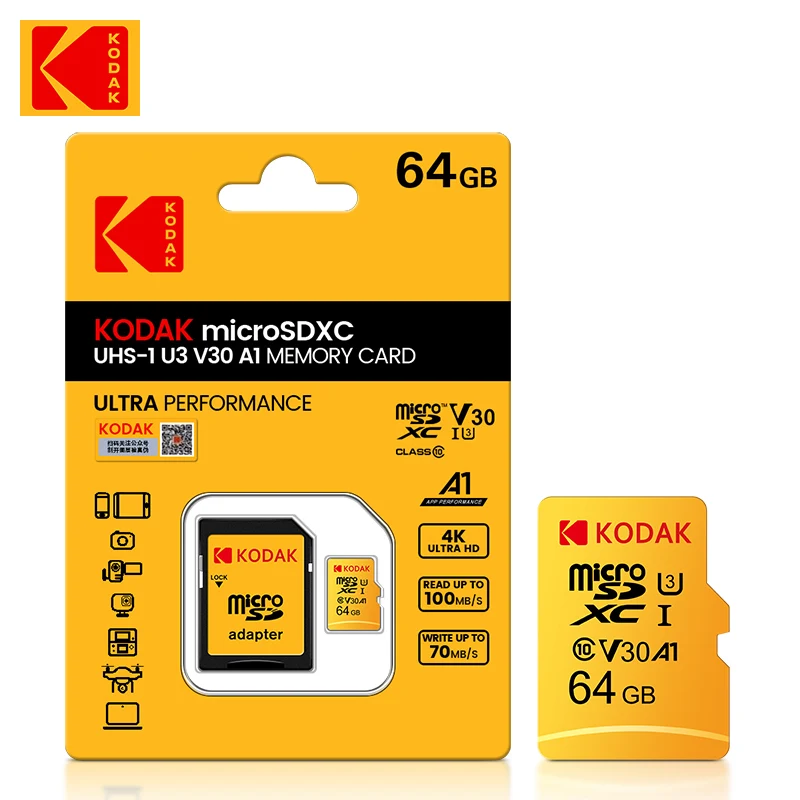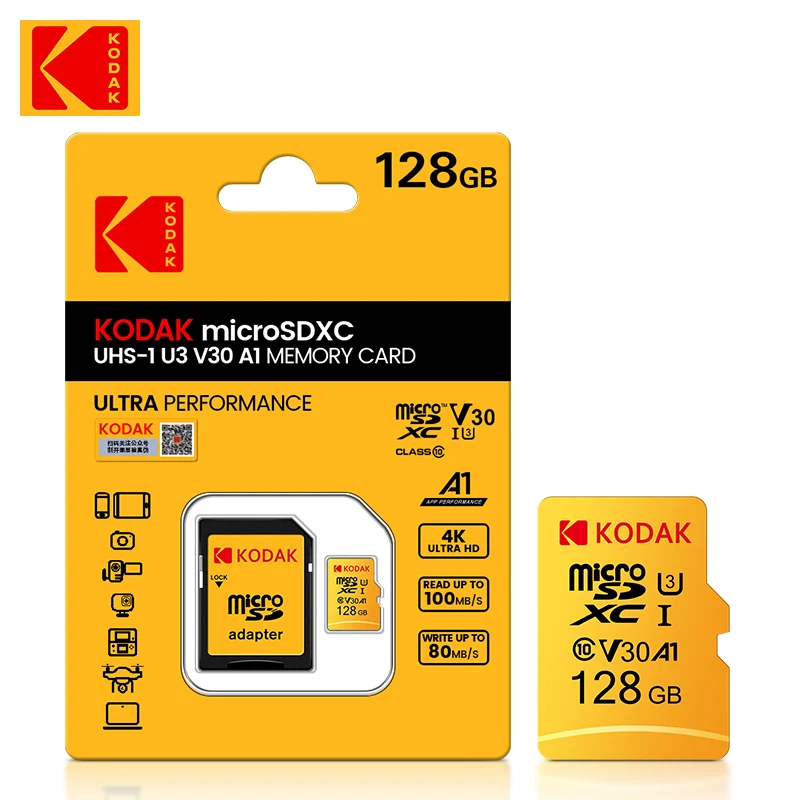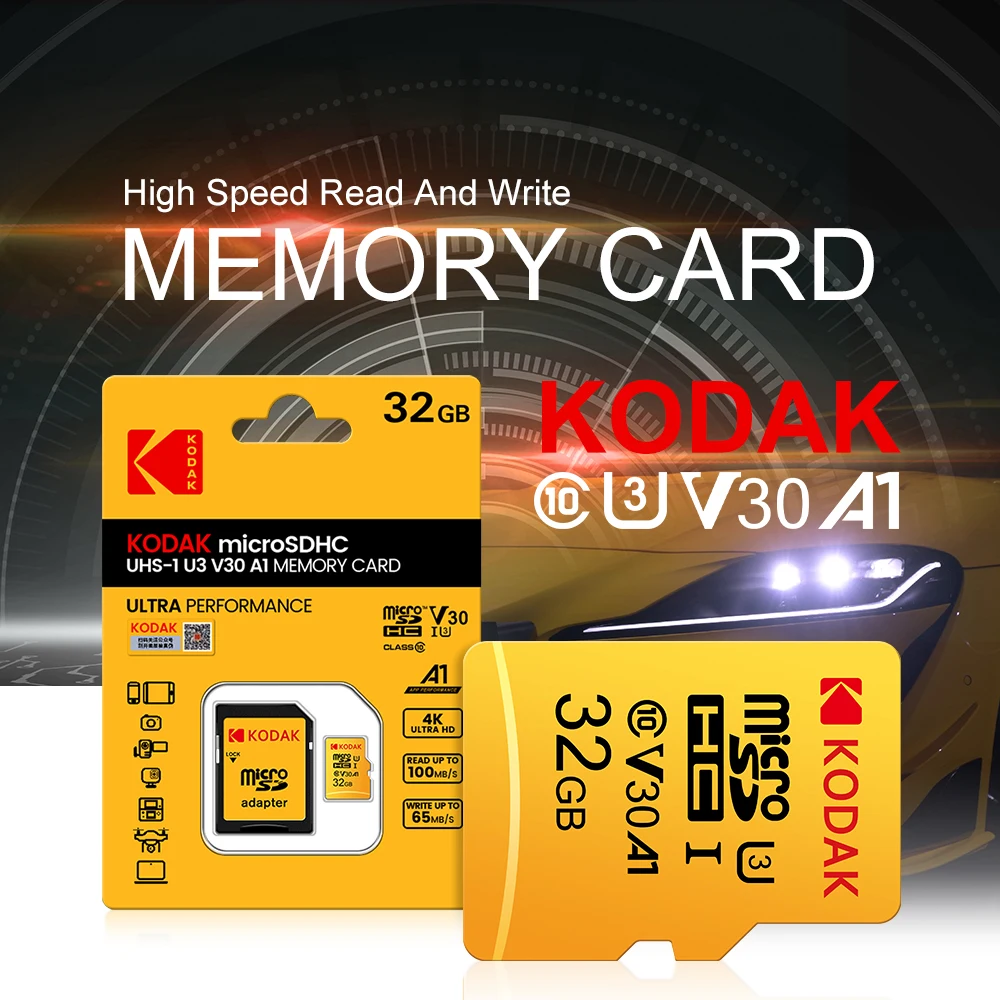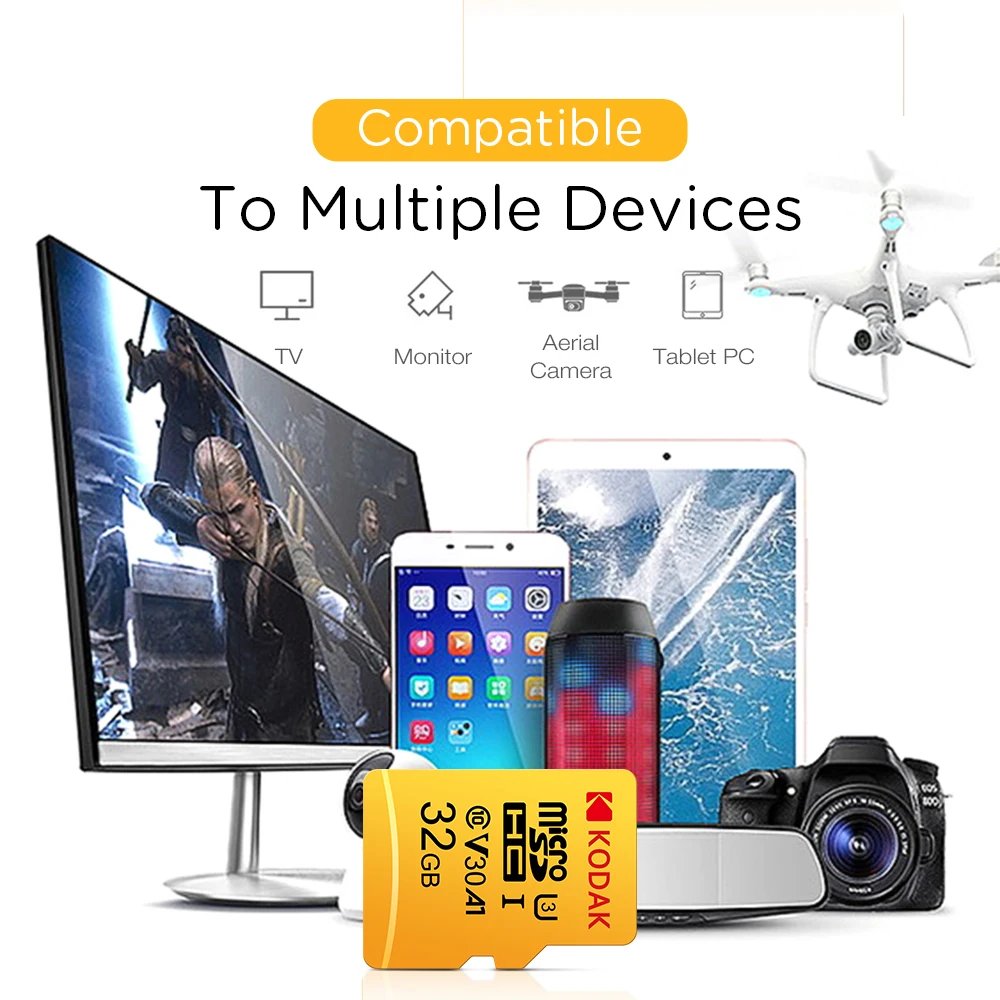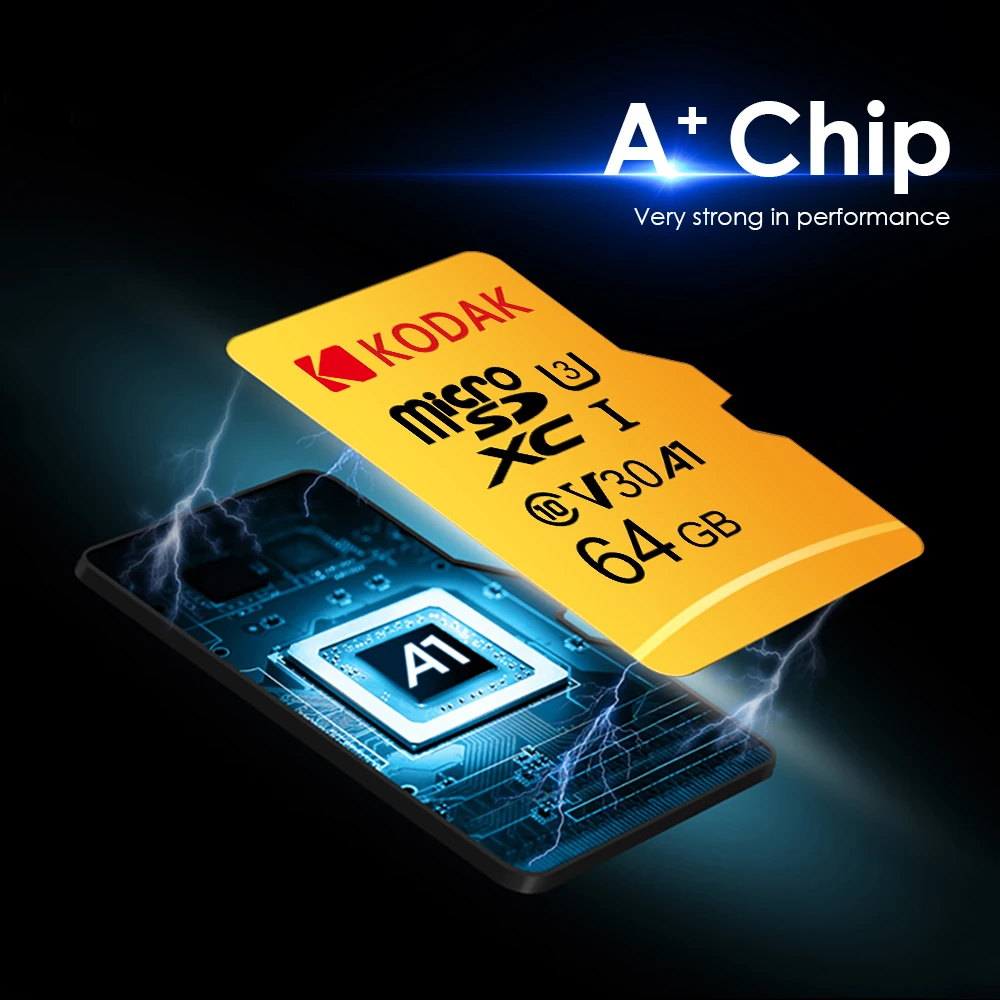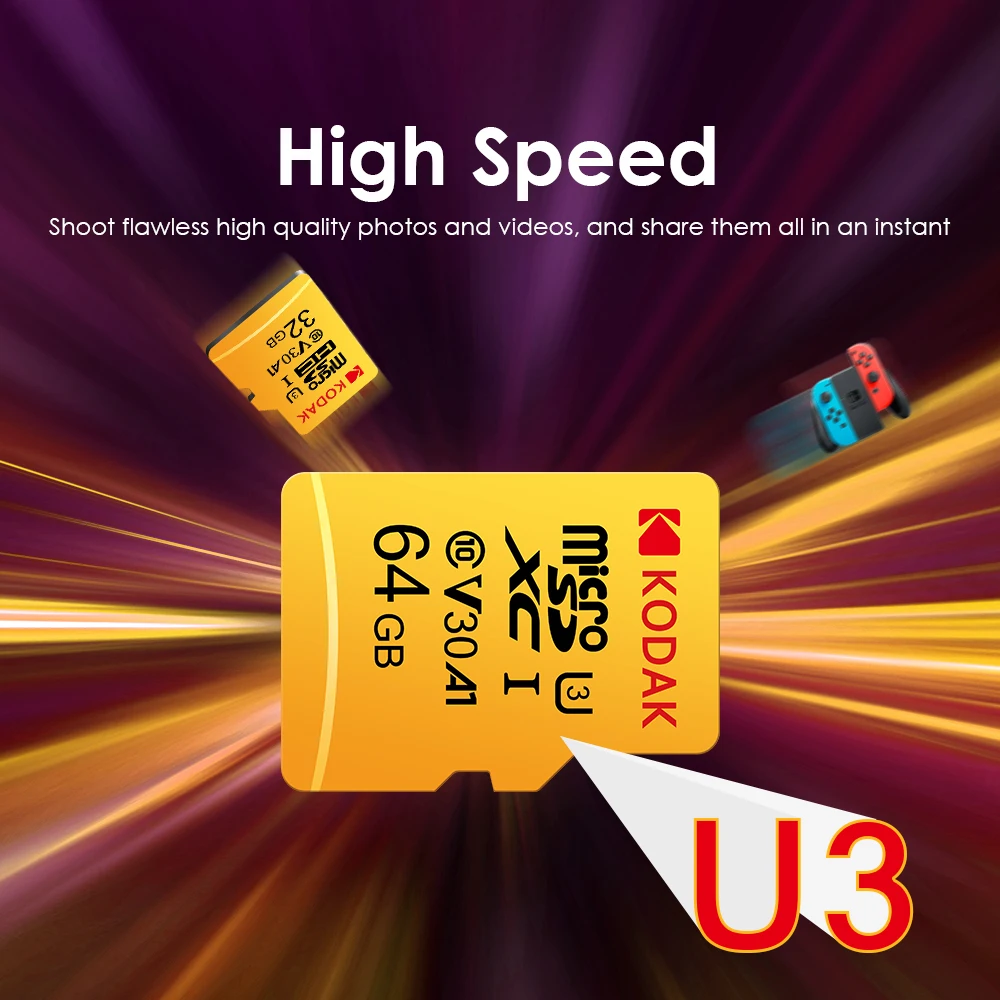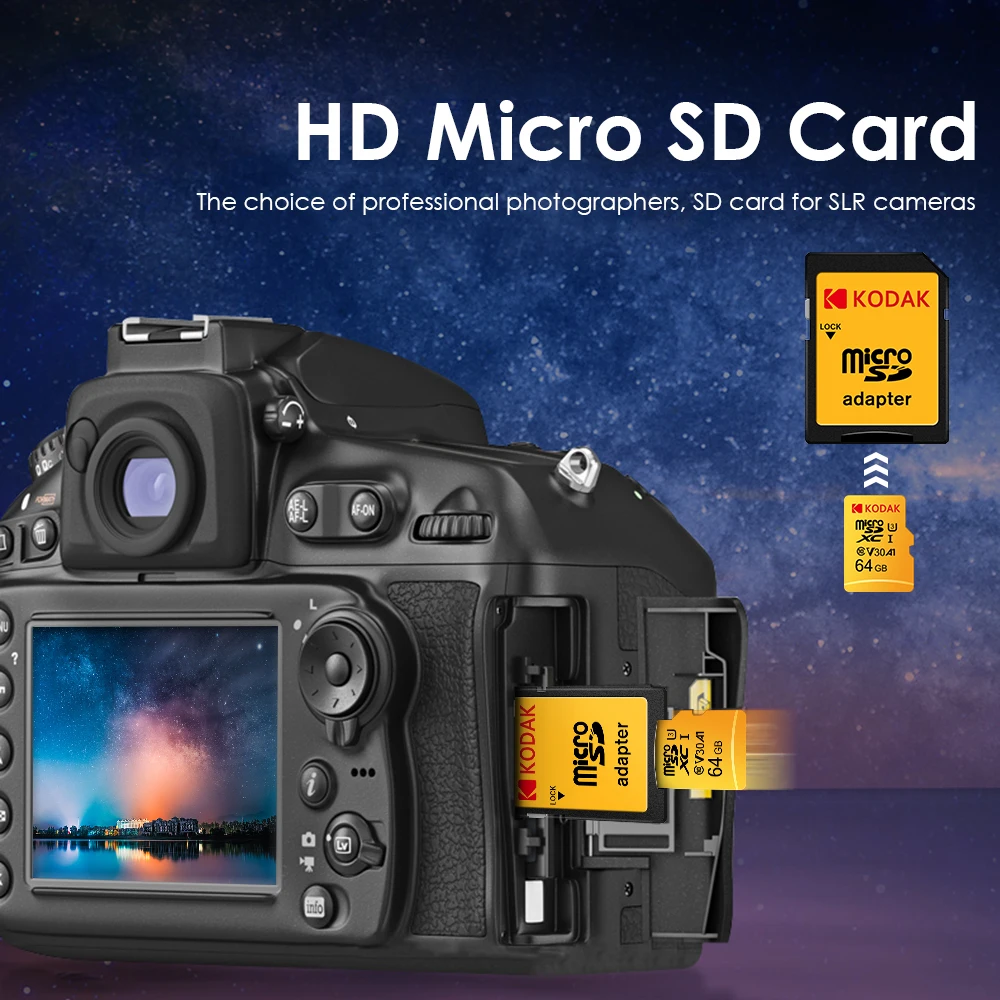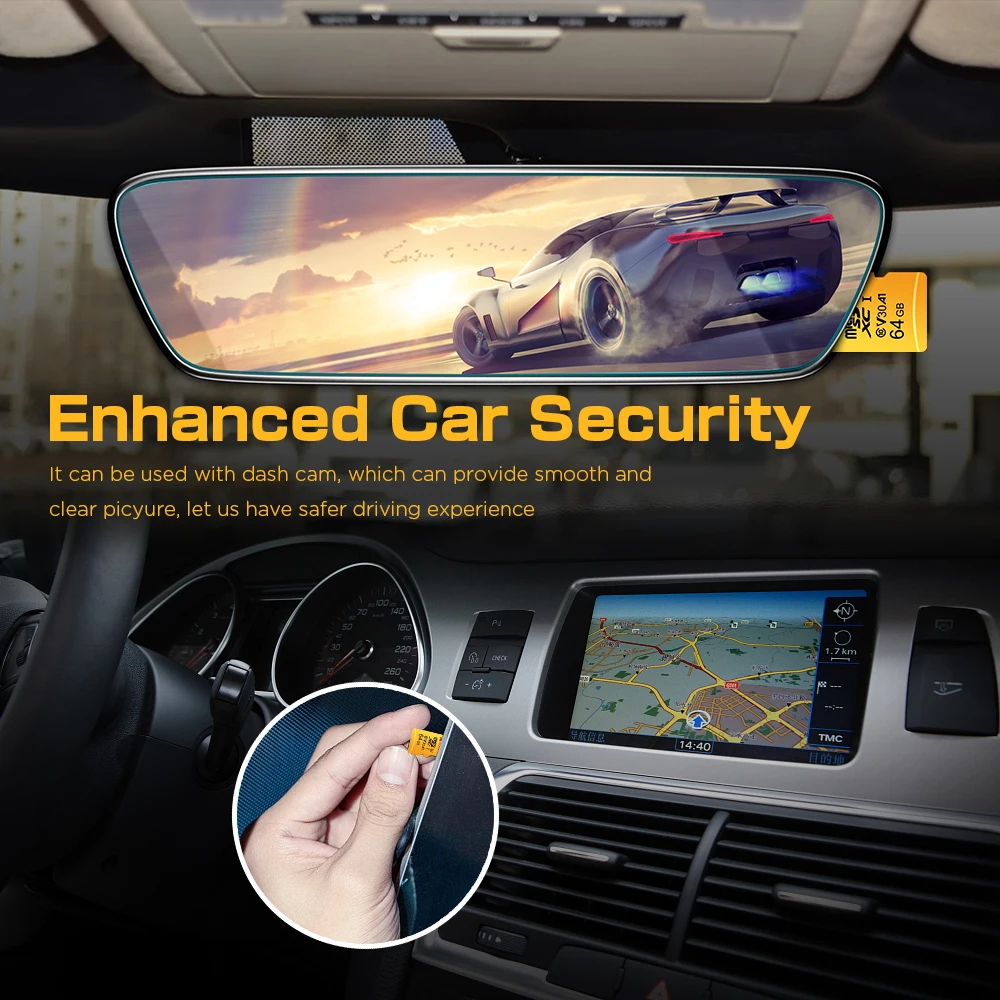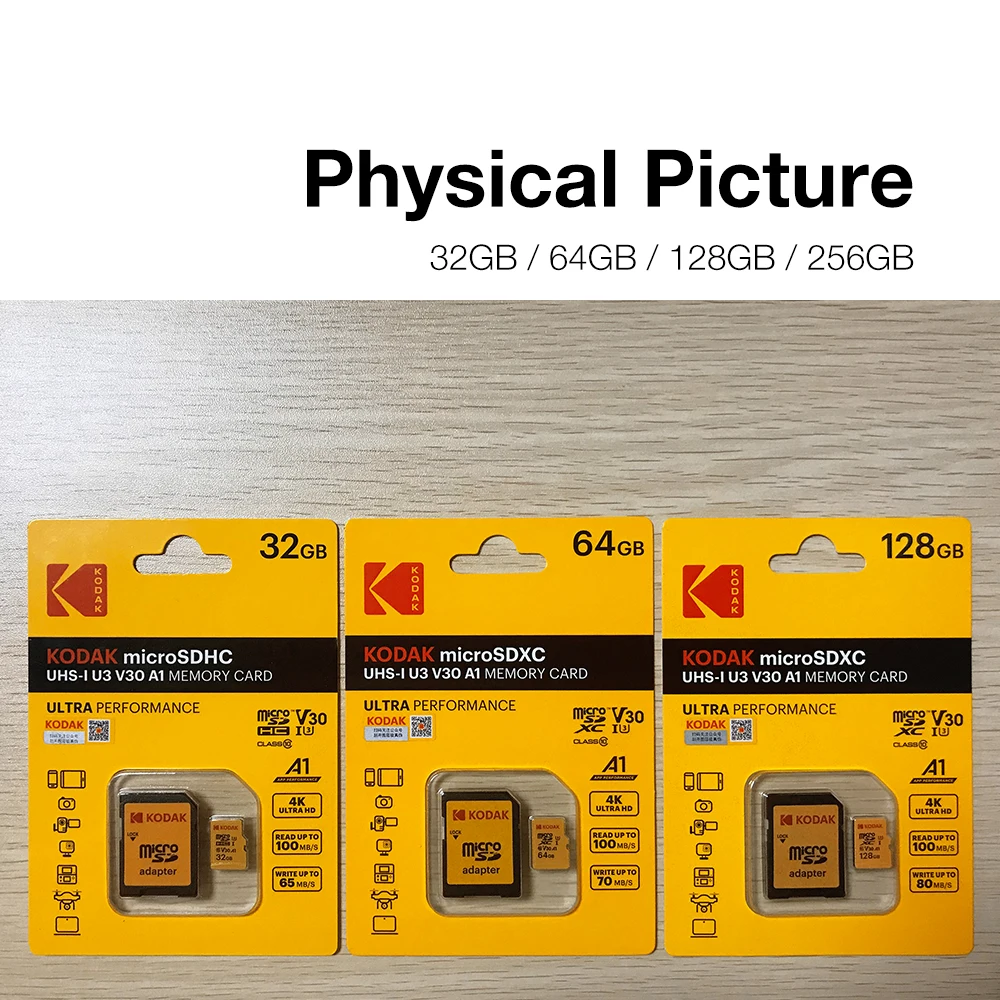An In-Depth Look at Memory Cards
In today's digital world, the importance of memory cards cannot be overstated. Whether you're a casual smartphone user, a photography enthusiast, or a tech-savvy gamer, understanding the different memory card types available is crucial for optimal performance. With 2023 bringing a plethora of advanced options, it’s essential to know not only the best memory cards but also the best practices for selecting the right one for your needs.
Memory cards are small, portable storage devices that allow you to save and transfer data between devices, such as cameras, smartphones, tablets, and gaming consoles. They come in various formats, each tailored to specific uses and requirements. As the demand for more storage continues to rise, particularly with high-resolution photos and videos becoming the norm, having a reliable memory card has never been more vital.
In this blog post, we will unpack a comprehensive memory card buying guide that walks you through the different memory card storage options available in the market. We will explore the differences between microSD vs SD card formats, delve into the benefits of various classes and types, and help you identify what makes the best memory cards of 2023 stand out from the rest.
Join us as we navigate through the intricate world of memory cards, ensuring that by the end of this post, you will be equipped with the knowledge to choose the most suitable memory card that meets your storage needs.
What Are Memory Cards?
Memory cards are portable storage devices used primarily to store digital data. These small, compact cards offer a convenient solution for storing photos, videos, music, and documents, making them essential for a wide range of devices, from smartphones to digital cameras and gaming consoles. Memory cards are usually categorized into different types, each designed for specific needs and uses.
Purpose of Memory Cards
The primary purpose of memory cards is to provide additional storage capacity for electronic devices. They allow users to easily transfer data between devices, expanding their storage options. For example, a photographer can use a memory card to capture high-resolution images on a DSLR camera and later transfer those images to a computer for editing. Memory cards are also critical in devices where internal storage is limited, enhancing functionality and performance.
General Use Cases
Memory cards find applications across various fields, including:
- Photography: Professional photographers use high-capacity memory cards to store large RAW image files taken with high-end cameras.
- Video Recording: Videographers utilize fast memory cards to capture HD and 4K videos without interruptions.
- Gaming: Game consoles like the Nintendo Switch and PlayStation often require memory cards to store game data and downloadable content.
- Music: MP3 players and other portable media devices use memory cards to hold extensive music libraries.
- Mobile Devices: Smartphones use microSD cards that allow users to expand the device's storage capacity, enabling them to store apps, photos, and music.












